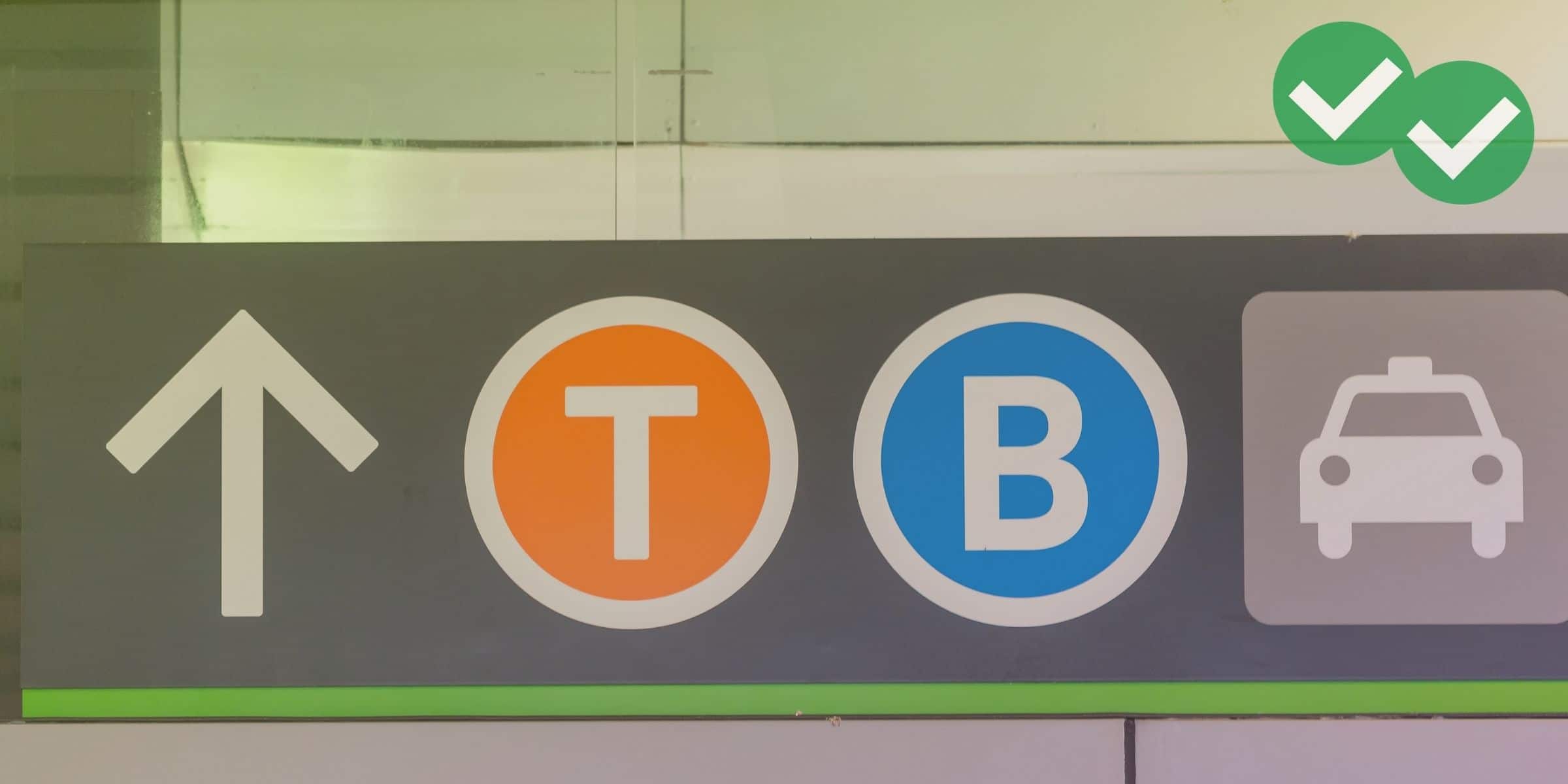
Over the years, I’ve taught quite a few writing classes, both in TOEFL Writing and general academic composition. I always make it clear to my students that transitions are very important. Without transitional words, your writing style can seem very choppy. Additionally, the relationship between the ideas in your essay can seem very unclear.
The biggest mistake a student can make with transitions in TOEFL Writing is to simply not have any transitions. Fortunately, this mistake is not too common. English learners and TOEFL prep students are usually already aware that transitions are important and that they should be using them.
But there is another mistake that is almost as bad as not using transitions—and is much more common. Far too many students simply put a single transition word at the beginning of each paragraph. Often, that single transition word is very simple and non-descriptive, simply giving a number to each paragraph/part of the essay. (Words like “first,” “second,” “finally,” etc…) These weak transitions make the ideas in an essay seem like a numbered list rather than coherent parts of a larger message.
To see how these kinds of overly simple transition words can be improved on, let’s look at an introductory paragraph to a TOEFL Independent Writing question:
- THE QUESTION
- Do you agree or disagree with the following statement?
People today spend more time than they should on personal enjoyment. In other words, they spend too much time doing things they like to do, instead of doing things they should do.
Use specific reasons and examples to support your answer.
- Do you agree or disagree with the following statement?
- THE ANSWER (sample introductory paragraph, with transition words underlined)
- With modern electronic entertainment always at out fingertips, there is no doubt that the modern world offers many chances for leisure. Because of this, there are some concerns that people in this day and age are too interested in personal enjoyment and are not productive enough. I disagree with this concern for two reasons. First, modern technology allows us to do things more quickly, which allows us to do our jobs more efficiently. Second, the modern way of life hasn’t changed the amount of time we spend working or having fun.
In the introduction above, the opening is pretty strong. It makes some good, interesting statements about the broader topic, introduces the specifics of the topic, and presents the writer’s basic opinion. But the writing suddenly gets much weaker in the final two sentences. These last two sentences don’t connect well to the rest of the paragraph, or each other. The earlier sentences don’t really mention work and jobs, while the transition words suddenly introduce ideas about jobs and workforce activity.
These final two sentences become even more confusing when you compare them to each other. This is because the sentences seem to contradict each other. The first transitional word presents a statement that work has changed because of technology. The second and final sentence in the paragraph seems to be saying that work hasn’t changed in modern times.
Luckily, there is a simple way to improve this paragraph. The problem isn’t really the content—it’s the transitional words that connect the content. Here is a revision that connects all the ideas much more clearly, simply by improving the quality of the transitions. (New transitions will be in bold.)
- With modern electronic entertainment always at out fingertips, there is no doubt that the modern world offers many chances for leisure. Because of this, there are some concerns that people in this day and age are too interested in personal enjoyment and are not productive enough. I disagree with this concern for two reasons. Where productivity is concerned, modern technology allows us to do things more quickly, which really allows us to be more productive, not less productive, at our jobs. Additionally, when it comes to leisure, the modern way of life may make us more productive, but it hasn’t actually changed the amount of time we spend working or having fun.
Some of the words in bold above may not be words that you think of as transitional language. But in the context of the paragraph above, these words are transitional. You create a clearer transition, for example, when you repeat an earlier idea in order to connect it to newly introduced concepts. In this case, productivity is the early, foundational idea that needs to be connected to the concepts of jobs and work.
Words like “really,” “actually,” and “may,” and “but” also serve to connect different ideas to each other. But these words do this in a way that’s a little more complicated than just repeating a key word/idea. These words acknowledge and explain the contradictory ideas in the paragraph. “Actually” and “really” are used to dismiss the counter-argument that modern life makes people less productive. “May… but” are used to explain that it is possible to be more efficient and productive while still working for the same amount of time.
Notice that in my revision I completely got rid of the “numbering” words “first” and “second.” I did this because I feel these words are overused—there is a chance a TOEFL scorer could see such words as unoriginal and a sign of poor writing. If you do want to use number-based transitions, be sure to include plenty of other stronger transitional language too. Transitions should have scope and personality. A transition is not just a word, or just a number.
NOTE: As you’ve just seen, looking at a sample paragraph from a TOEFL essay can be quite helpful. But looking at a full sample TOEFL essay is even more beneficial. For a roundup of model TOEFL essays, see Magoosh’s complete guide to TOEFL Writing samples. And for a roundup of writing prompts, check out Magoosh’s TOEFL Writing topics article.






Leave a Reply